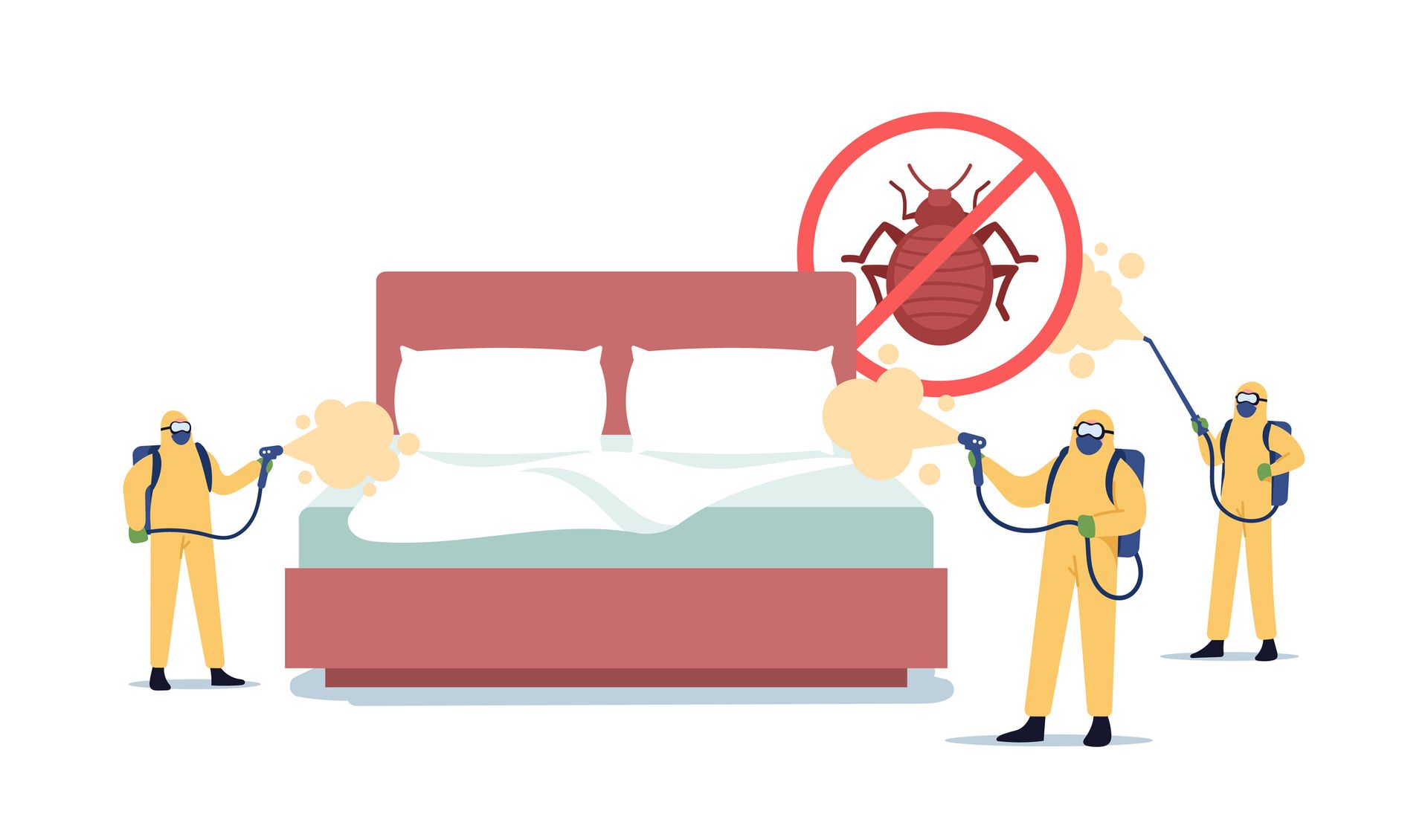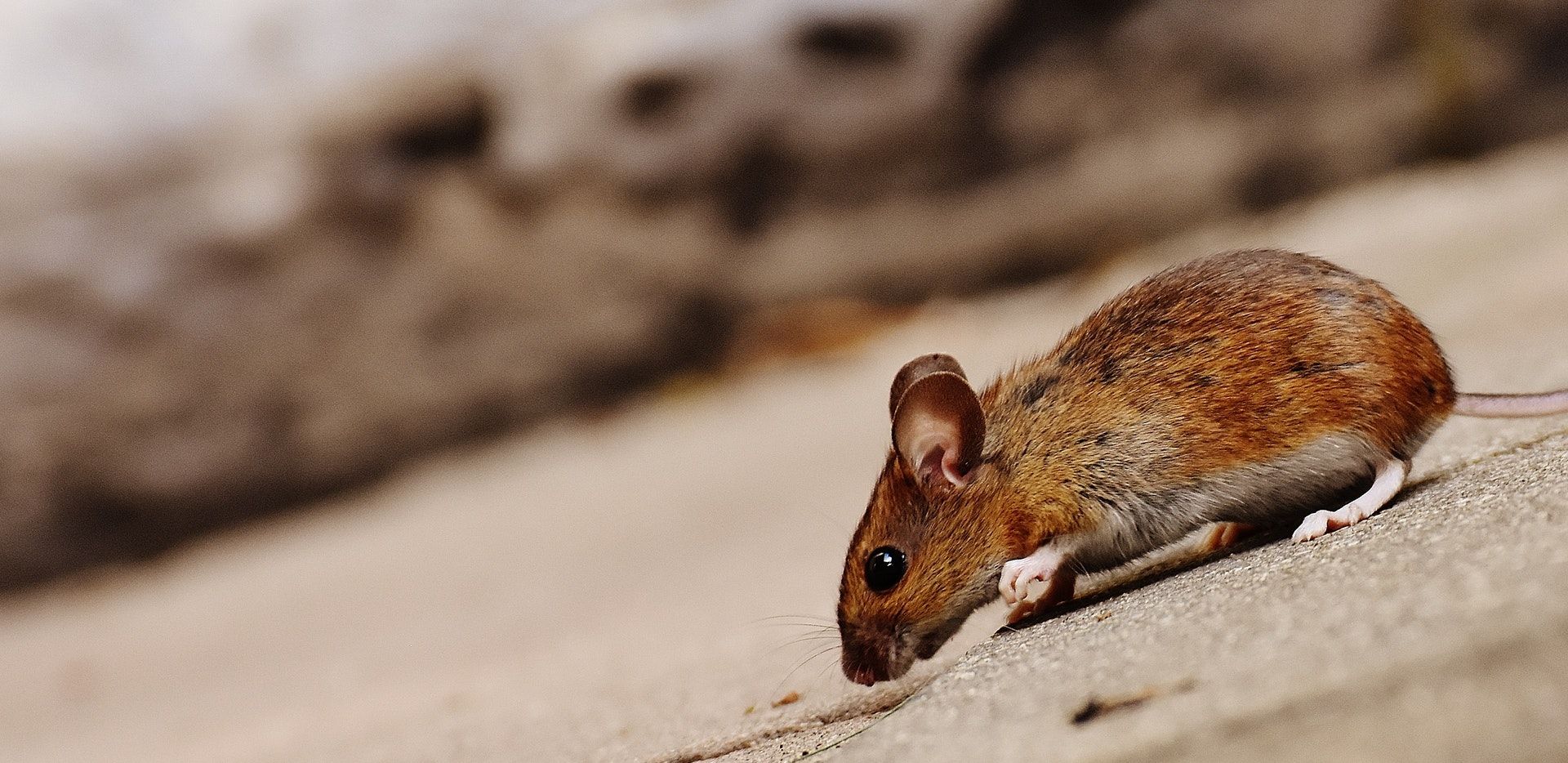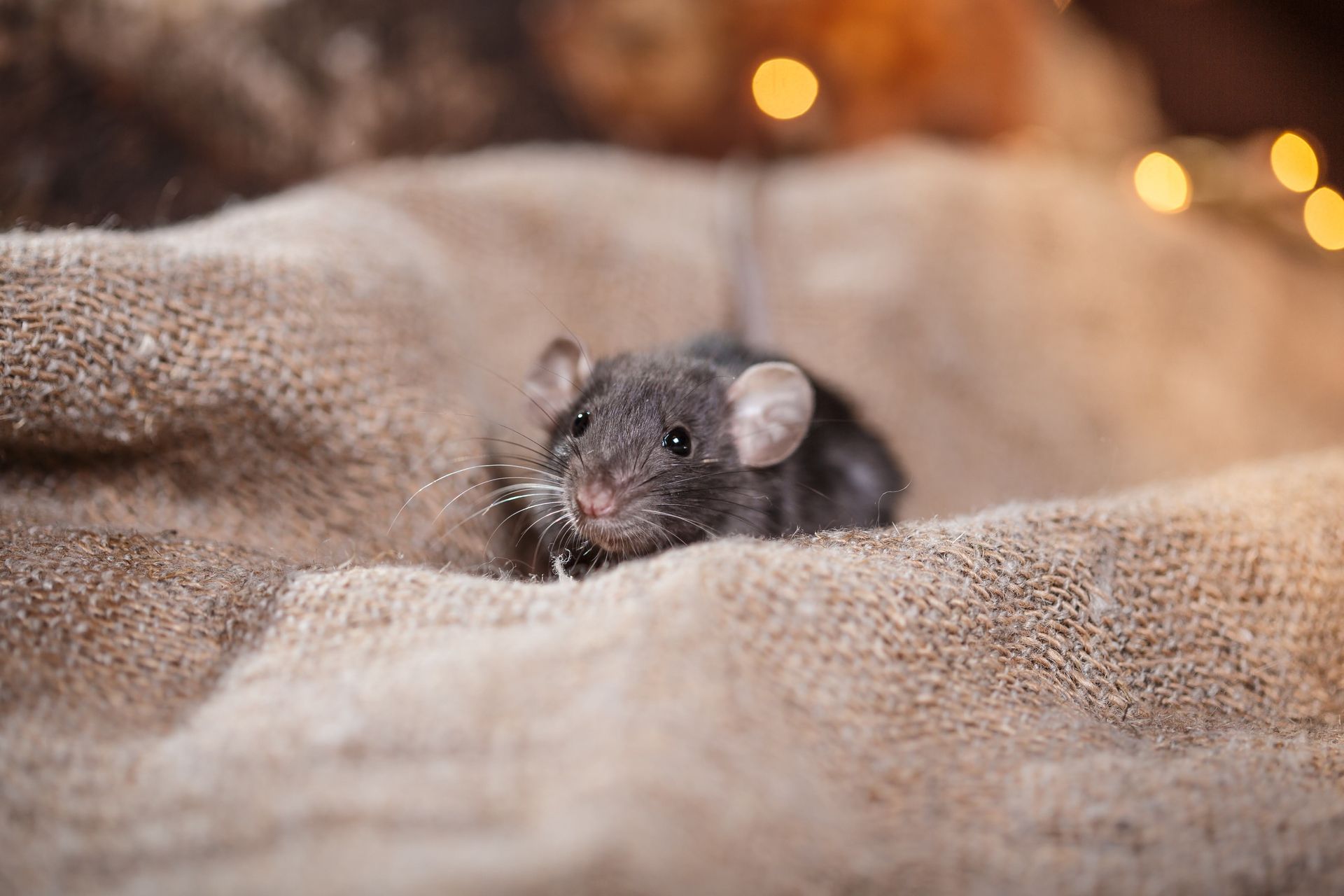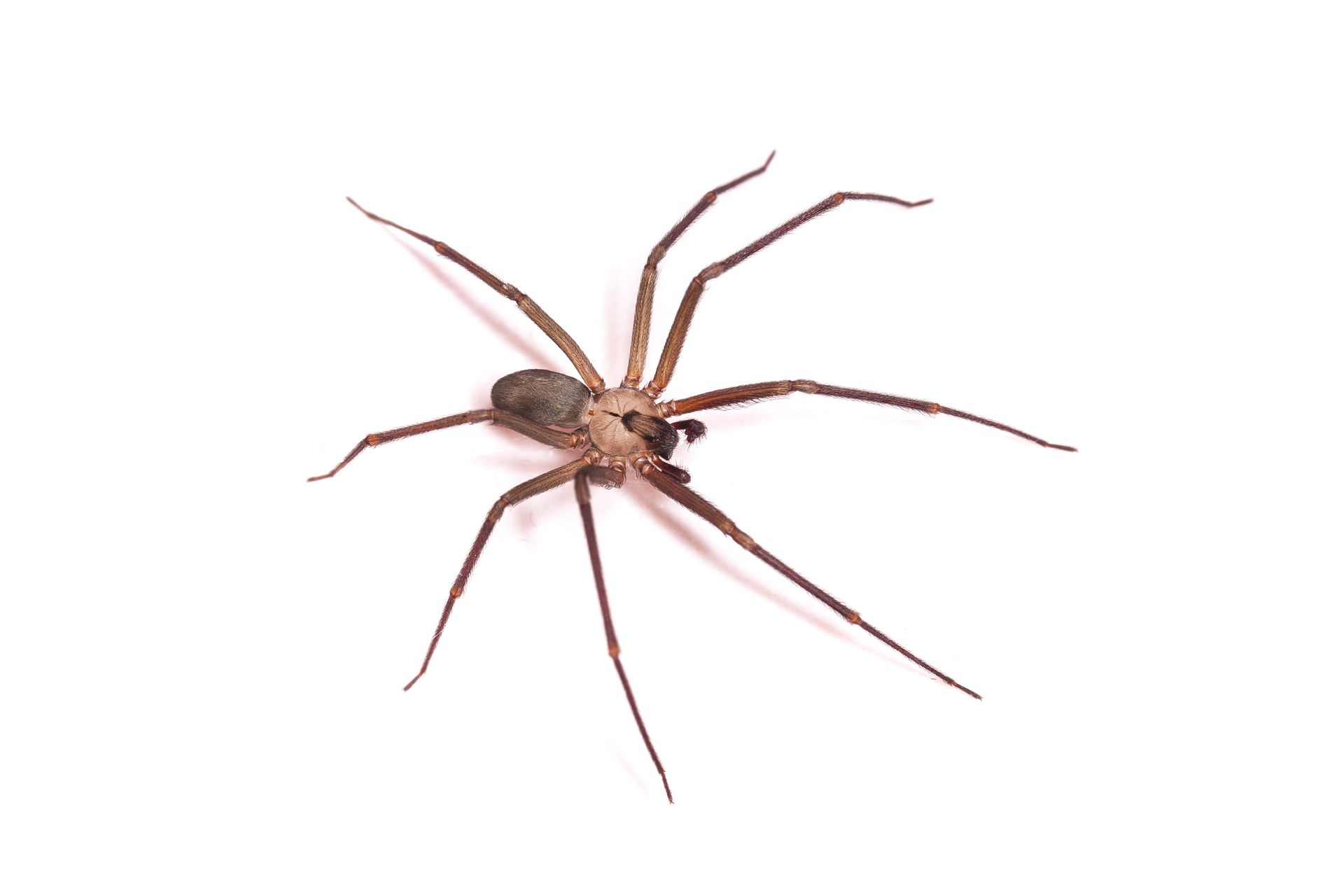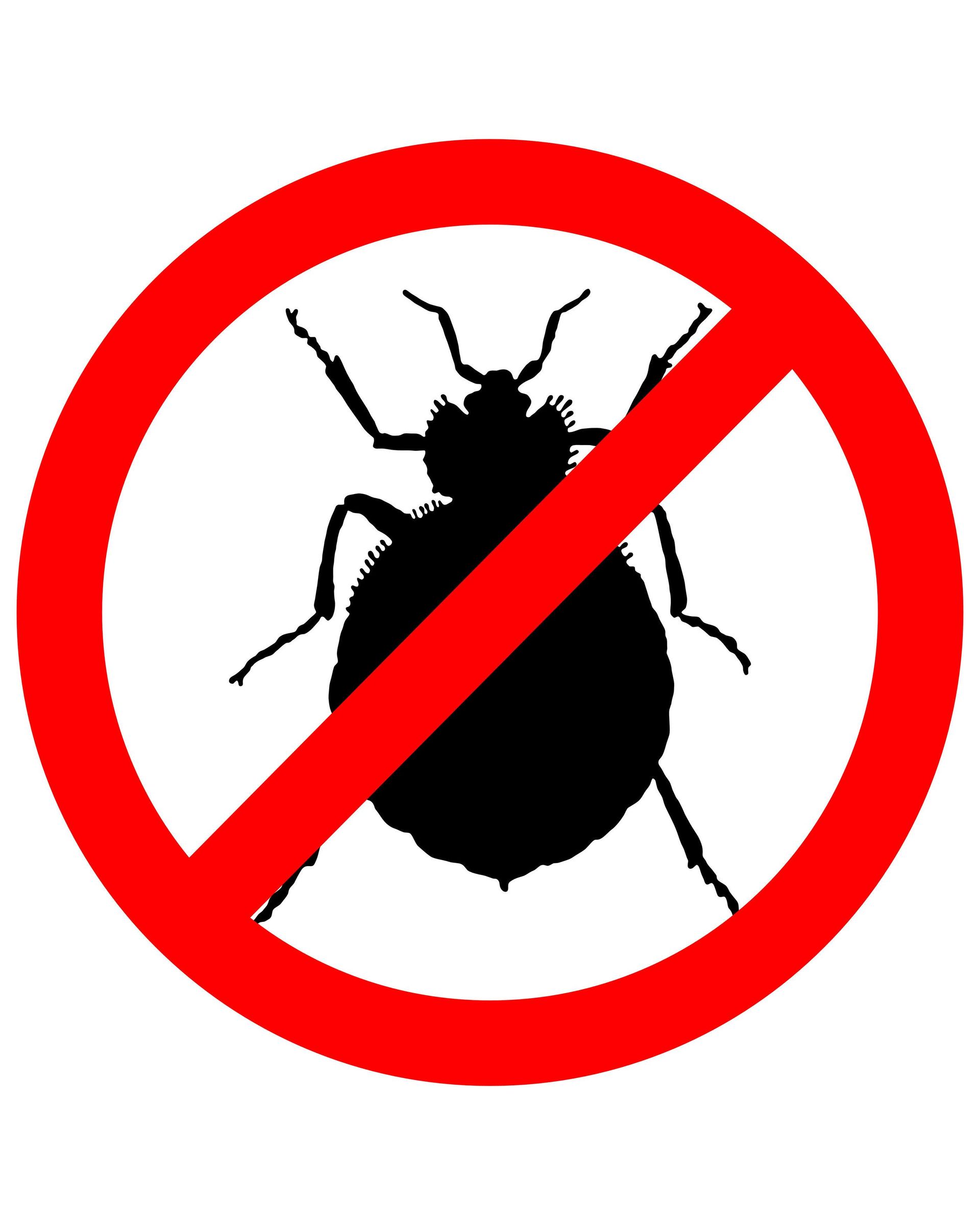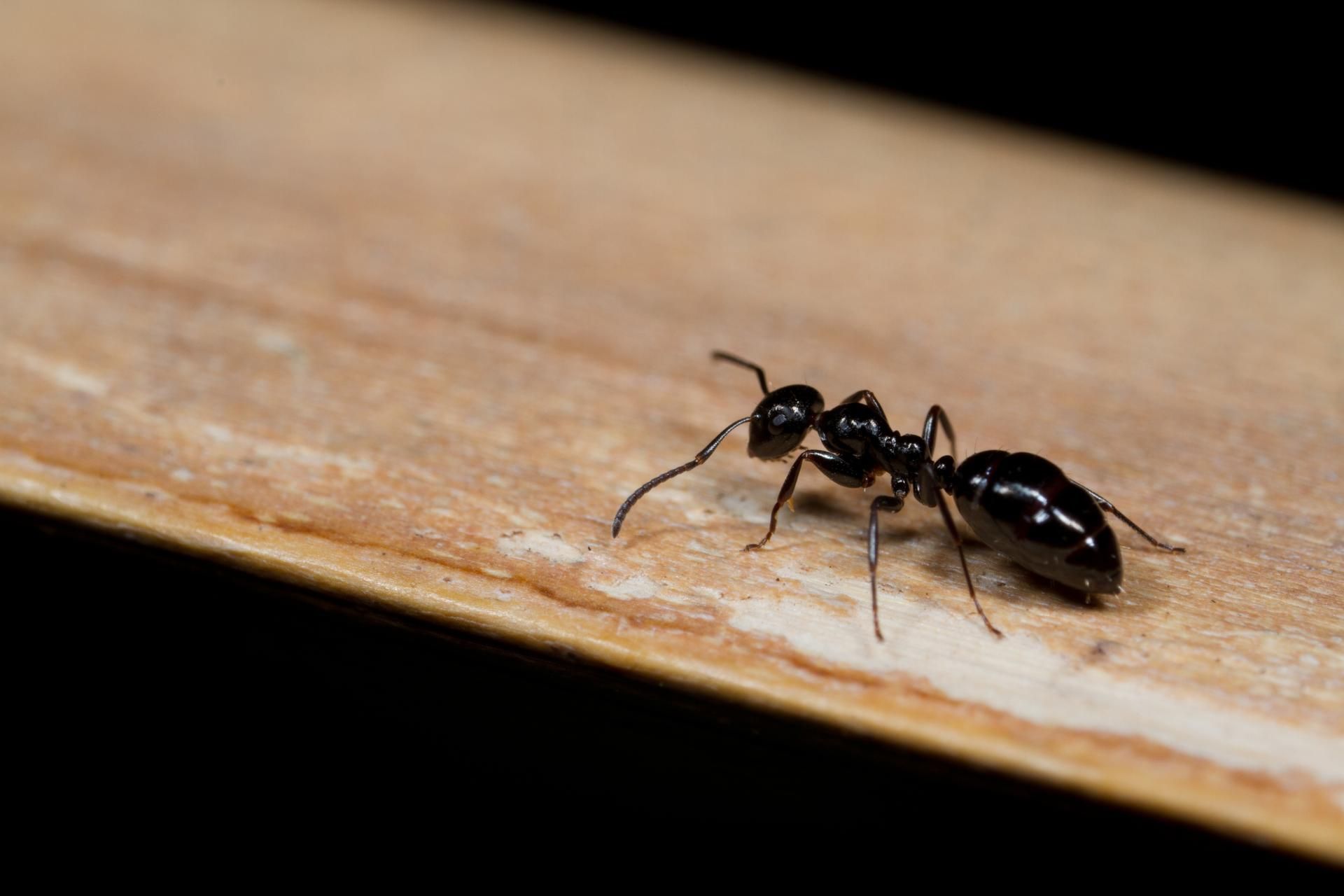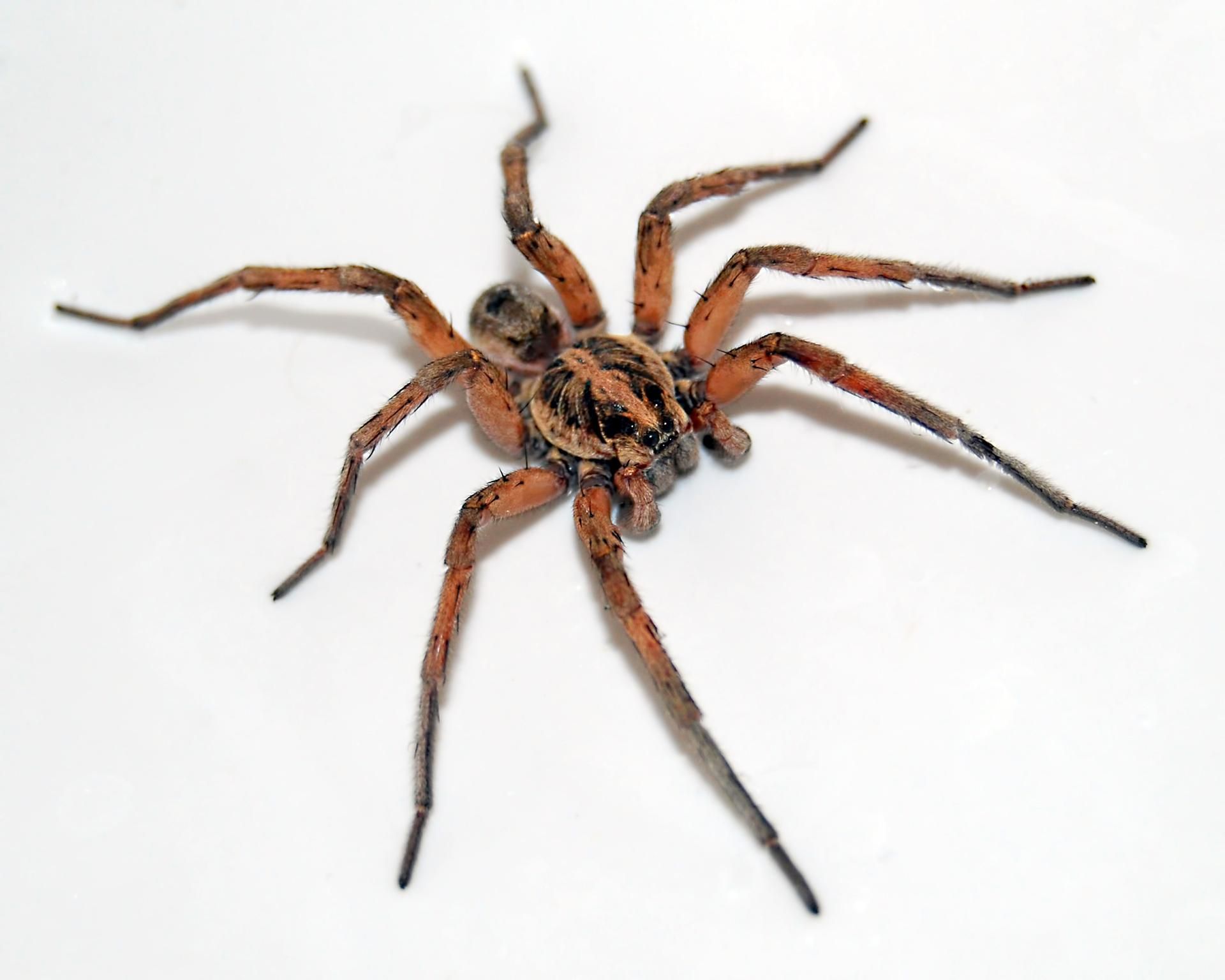Text PassPest to 85100
Mail all payments to 4844 Vann Road Newburgh IN 47630
Wardrobe Worries: Five Tips to Keep Moths at Bay
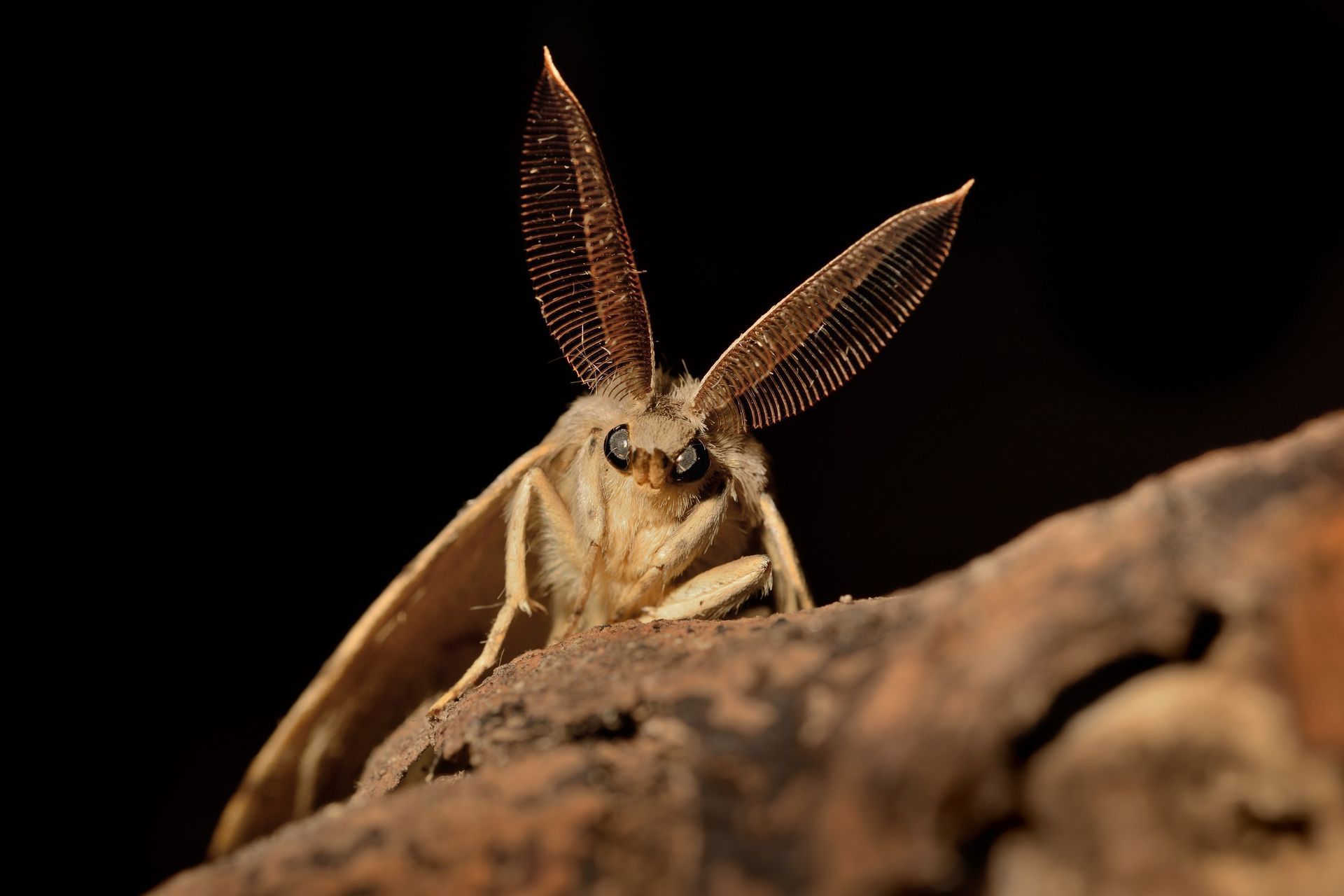
Moths can be the ultimate silent household pest. Too often, they're an afterthought until the winter coats come out of storage or a favorite sweater shows signs of their unwelcome presence. While the sight of a moth isn't exactly a rare event, the appearance of its larvae can be both startling and distressing. To ensure these winged intruders don't turn your favorite woolens into their personal smorgasbord, here are five practical tips to keep moths out of your home for good.
1. Opt for Moth-Repellent Storage Solutions
Cedar is a time-tested moth deterrent, with its natural, aromatic oils that are disagreeable to moths but pleasant for humans. Cedar balls, blocks, or hangers can create a perimeter of protection, especially within out-of-season clothing storage. Lavender is another fragrant ally. You can store dried lavender in sachets or opt for lavender-scented cedar products. For a more potent aroma, combine quantities of both cedar and lavender; not only will your clothes be safe, but they’ll also smell delightful. Modern solutions also include pheromone traps, which disrupt the breeding cycle by trapping male moths, preventing them from finding a mate. These can be an incredibly effective tool to reduce the local moth population without resorting to pesticides.
2. Regular Cleaning Is Key
Moths are attracted to the food and oils left behind by human sweat, soiled clothes, and the remnants of food and drink spills. The more often you clean your clothes and carpets, the less hospitable your home is to moths. Dry-cleaning is particularly effective, as the high heat kills all stages of the moth's life cycle. If moths are already an issue in your home, it’s wise to quarantine and clean potentially infested items separately to avoid spreading larvae to other areas of the house. Vacuuming the areas known to harbor moths, such as the bottom of wardrobes and the junction between walls and floors, can help reduce their breeding grounds.
3. Mind Your Storage Techniques
How you store your clothes can have a significant impact on moth prevention. Firstly, always ensure items are clean before storage. Moths are attracted to natural fibers with human-scented residues, so clear your clothes of dirt and stains. You should also avoid storing clothes in airtight containers for prolonged periods, as moisture can build up and provide an ideal environment for moth larvae to develop. If you want to use vacuum-sealed bags for temporary storage, ensure the items have no moisture and are completely dry before sealing them. Finally, clothes should be stored in breathable fabric garment bags or acid-free tissue paper when folding them to maintain elasticity and minimize creasing.
4. Regularly Air Out Your Wardrobe
Moths are less likely to lay their eggs in items in a well-ventilated environment. Airing out your wardrobe can include leaving the doors open on a sunny day or using fans to circulate the air, but nothing is as effective as regularly using and handling the items within.
If you don't want to use moth-repelling products, air out your clothes in the sun for at least a couple of hours to kill any moth larvae or eggs that might be present. However, direct sunlight can cause fabric damage over time, so moderation is key. Regularly wearing and moving your clothes is also beneficial. Moths prefer dark, still environments – don't give them that luxury.
5. Watch for Warning Signs
Watch for early signs like holes in clothes, shed pupal skins, or adult moths themselves. Adult moths are usually the offspring of those that have already caused damage. Identify vulnerable areas like corners, shelves, and the often-forgotten spaces under or behind furniture.
If you observe holes or moths, act immediately to eliminate the infestation. Isolate the infested items, vacuum the affected area thoroughly, and wash or dry-clean any items that might have been exposed. Remember to check stored items regularly, particularly in dark and undisturbed areas. By following these five tips, you'll significantly lower the odds of moths making themselves at home in your home. If you're struggling with a moth infestation, consider reaching out to our team at Pass Pest Control.
Mail all payments to Accounting Dept c/o Pass Pest Control 4844 Vann Road Newburgh IN 47630


